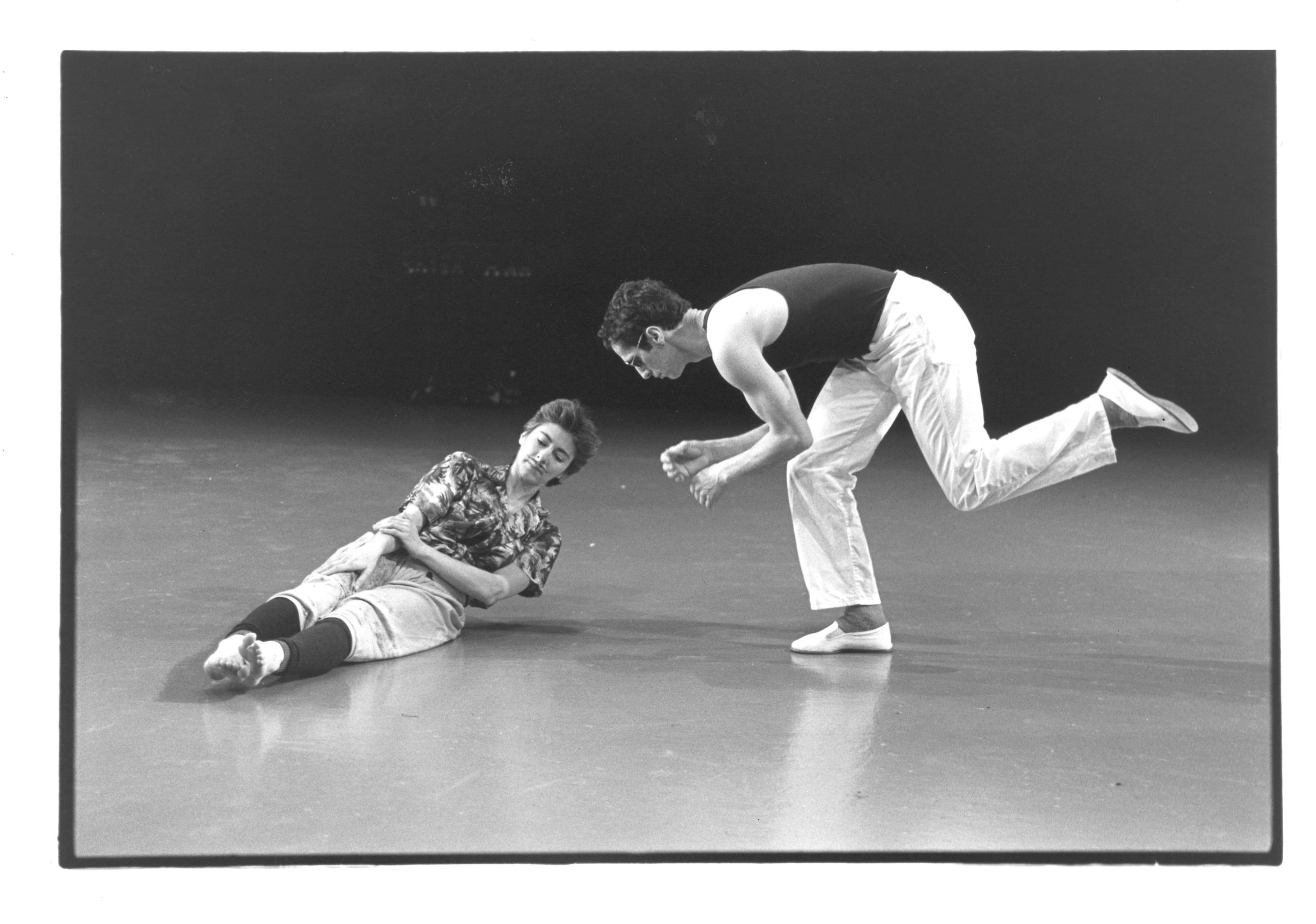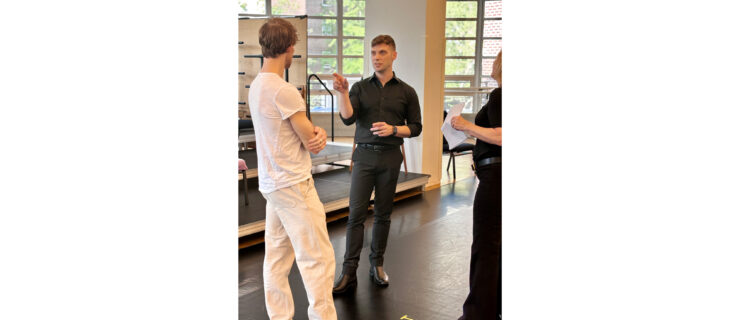TBT: Steve Paxton on the Origins of Contact Improvisation
“I was trying to understand what makes integrity in movement,” Steve Paxton told us in the June 2004 issue of Dance Magazine. He was reflecting on what had led him to create—or, to use his term, “instigate”—contact improvisation, the technique for which he is best known, in 1972. “I thought I spied in CI a form arising from us rather than imposed upon us,” he said. “It’s a game that takes two people to win, so it doesn’t create losers; it ignores gender, size, and other differences. It’s about attending to your reflexes in a touch communication—faster than words, faster than conscious thinking.”
Though he was a virtuosic performer in the works of José Limón and Merce Cunningham for a brief period in the late ’50s and early ’60s, Paxton is much more closely identified with the experimental Judson Dance Theater and the improvisation collective Grand Union; contact improvisation emerged from experiments with the latter. “Grand Union was a luxurious improvisational laboratory,” he recalled. “All of us were very formally oriented, even though we were doing formless work. Three or four companies came out of that period, out of the experience of watching forms elude grasp.”
Paxton has been the recipient of a Foundation for Contemporary Arts Grants to Artists award, a Guggenheim Fellowship, the Venice Biennale Golden Lion for Lifetime Achievement in Dance and a NY Dance and Performance Award (“Bessie”) for Lifetime Achievement in Dance. He remains a supporting editor for the Nancy Stark Smith–founded Contact Quarterly and, though now largely outside the public eye, notably performed with Simone Forti and Yvonne Rainer in New York City in 2017.




